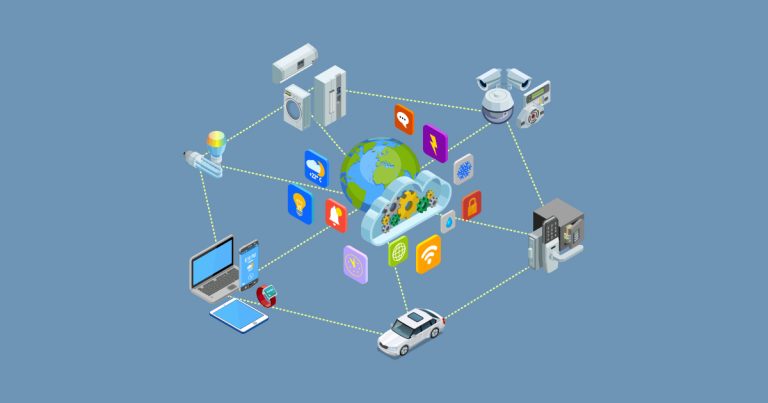
Networking Nerve Centers: Advanced Protocols Powering the Digital Age
As the digital world continues to expand, the sophistication and complexity of networking protocols have evolved to keep pace. These protocols are the unsung heroes ensuring seamless communication, data transfer, and connectivity across vast networks. This article dives deep into some advanced networking protocols that are integral to the modern digital ecosystem.
Introduction to Protocols
In the realm of computer networking, protocols define the rules for communication between devices. They determine how data is sent, received, and processed. While protocols like HTTP and FTP might be familiar to many, advanced protocols often operate behind the scenes, providing critical functionalities.
Border Gateway Protocol (BGP)
Role: Internet Routing
BGP is the protocol that makes the internet work! It’s employed to manage how packets are routed across the internet through the exchange of routing and reachability information between edge routers.
Path Vector Protocol: BGP uses this to maintain the path information that gets updated dynamically as the route gets updated.
Prevents Routing Loops: BGP keeps an eye on the entire path of networks, thus ensuring no loops occur.
Multiprotocol Label Switching (MPLS)
Role: Directing Data Traffic
MPLS enhances the speed and control of traffic flow by using short path labels rather than long network addresses. It’s instrumental in telecommunication networks.
Faster Data Flow: By directing data based on short labels, MPLS speeds up the traffic flow.
Quality of Service (QoS): Supports prioritizing certain types of traffic over others.
Open Shortest Path First (OSPF)
Role: Shortest Path Routing
OSPF is an interior gateway protocol that uses link state routing to ensure data packets follow the shortest route within an autonomous system.
Scalability: It can accommodate large hierarchies or topologies.
Rapid Convergence: Quickly adapts to topological changes.
Software-Defined Networking (SDN)
Role: Network Management and Configuration
Rather than being a protocol, SDN is an approach that leverages protocols like OpenFlow. It decouples the network control and forwarding functions, enabling adaptive, programmatically efficient network configuration.
Centralized Control: Centralizes network intelligence in one network component.
Dynamic Adjustments: Easily adjusts to changing business requirements.
Zero-Touch Provisioning (ZTP)
Role: Network Device Setup
ZTP allows network devices like switches, routers, or access points to be automatically configured or provisioned in a network, eliminating manual intervention.
Efficiency: Speeds up the deployment of new devices in a network.
Consistency: Reduces human error, ensuring configurations are consistent across devices.
Future Trends in Networking Protocols
Quantum Networking Protocols: With quantum computing on the horizon, quantum-safe networking protocols will be integral.
AI-Driven Protocols: AI could help automate and optimize routing decisions in real-time.
Enhanced Security Protocols: As cyber threats evolve, advanced security-centric protocols will emerge to counteract potential vulnerabilities.
Advanced networking protocols form the backbone of our interconnected world. By understanding their roles and functions, we gain insight into the invisible processes that keep our world connected. As the digital realm continues to expand and evolve, these protocols will inevitably adapt and innovate, ensuring efficient and secure communication across the globe.